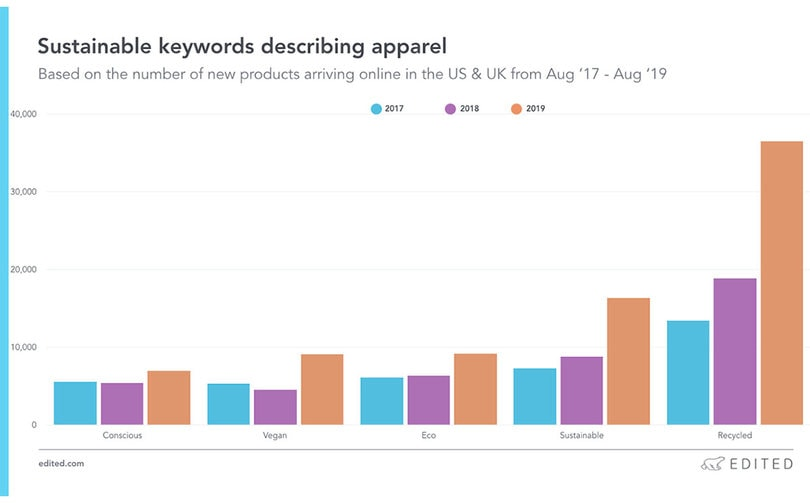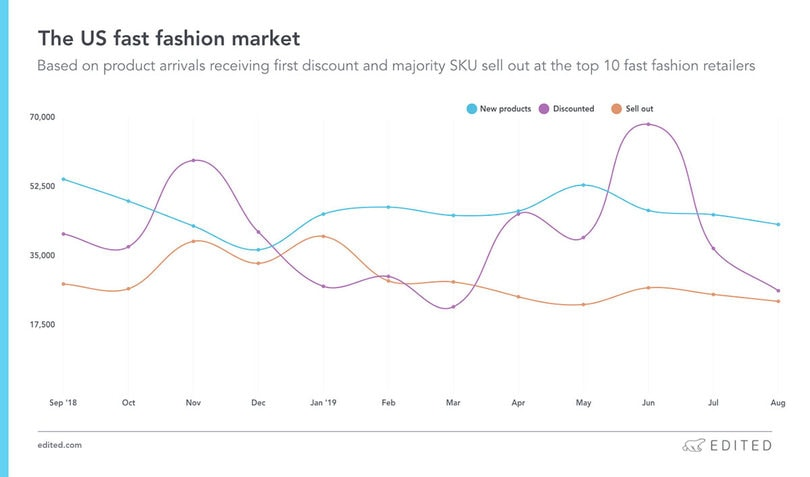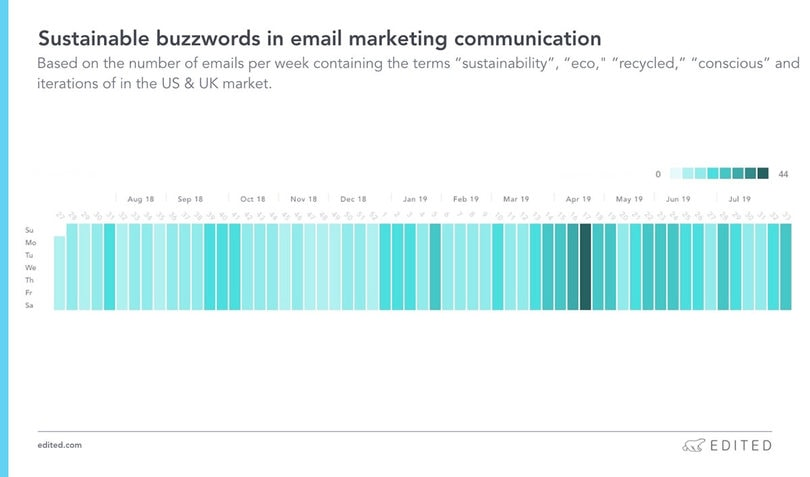Don-Alvin Adegeest
At Shanghai Fashion Week Kering and global innovation platform Plug and Play held the first “K Generation Talk & Award Ceremony” last Friday. The aim is to ignite cross-industry collaborations and empower the next generation to find and scale innovations for sustainable and ethical fashion. Poignant were Kering Chairman and CEO François-Henri Pinault’s remarks that “there is no luxury without China, there is no sustainability without China.”
As the sustainability conversation evolves the fashion industry is facing an uphill battle, with high volume production and insatiable consumer demand for newness no longer proving an environmentally viable model. According to the Ellen McArthur Foundation, clothing production has approximately doubled in the last 15 years, while the annual value of clothing discarded prematurely is more than 350bn euros.

Sustainability on loudspeaker
There is barely a fashion brand that isn’t eager to shout out its green credentials. This editor alone receives daily press releases from brands keen to inform the media of their sustainability strategies and accomplishments. From initiatives like Gucci’s carbon neutral fashion show last month to H&M’s Conscious Collection, brand marketers are visibly channeling their efforts, not solely because of altruism, but because enticing younger consumers who care about how and where their clothes are made is potentially big business. But as Retailers and brands are quick to describe their wares as “sustainable," it doesn't give consumers sufficient insight as to why it is better for the environment or indeed if it genuinely is.

What is the current state of sustainable fashion?
In its Sustainability Edit 2019 report, new research by Edited shows interest in sustainability continues to grow, with an average of 90,500 Google searches for the term per month in the US.
At retail level stores are evolving their assortments in line with consumer demand, such as Selfridges committing to selling 50 percent of the products to be better for people and the planet by 2022 and Net-a-Porter’s recently launched Net Sustain platform which highlights products in categories such as reducing waste, locally made and considered materials. Yet according to Edited, eco-friendly products account for only 3 percent of the items available online in the US & UK.
Sustainable fashion is costly
There is often a stigma that sustainable products are more expensive. Ethical fabric alternatives, as well as factors such as sustainable packaging and adjustments to supply chains, will play a role in pricing premiums.
Edited asks what is the difference in the final product? And is ethical fashion becoming more accessible price-wise? It notes it takes some time for brands to get the pricing right against what consumers are willing to pay. Analysing the evolution of sustainable pricing in the US mass market reveals for all product categories, the bracket is becoming broader over time with more pricing options. In all of these cases, prices are either the same or more affordable than in 2017.

Is newness in fashion outpacing consumer demand?
According to data from Edited, the number of new products arriving month by month over the past year from the top 10 online fast fashion brands in the US shows an average of over 42,000 new options for consumers per month. Additionally, these retailers are discounting, on average, over 39,000 products for the first time each month. Arguably, those frequent product drops encourage excess purchasing, which ultimately leads to more apparel ending up in landfill.
Making strides
But while the fashion industry’s impact on the environment may be shocking, it is making strides. Retailers are spotlighting sustainable brands and balancing new initiatives against business needs.
Back in September, companies like VF Corp and H&M were quick to respond to the forest fires in the Amazon, and said they would no will no longer source leather from Brazil. There is a great opportunity for brands to implement social and environmental responsibility, especially if they take the time to listen to consumer sentiment.
